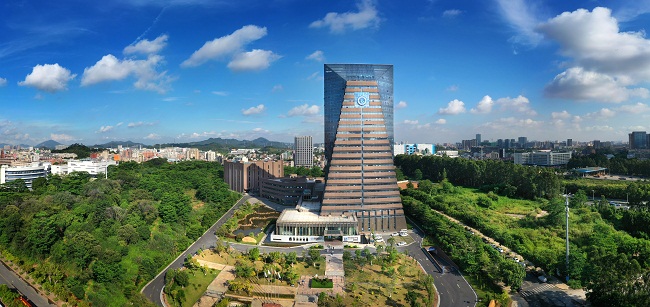China to build its first muon source in Dongguan

A view of Dongguan. [Photo provided to chinadaily.com.cn]
Dongguan, Guangdong province, has announced plans to build China's inaugural muon source, named the Muon Station for Science, Technology and Industry (MELODY).
The project is a key part of the second phase of the China Spallation Neutron Source in the city, with preliminary facility design now completed.
The construction is expected to conclude in five years and nine months, making it the world's fifth muon source.
Muon, one of the elementary particles in the standard model of particle physics, is relatively easy to generate and possesses unique characteristics, including its ability to penetrate objects without causing damage. The study and application of muons have gained prominence in high-energy physics.
Bao Yu, a researcher at the Institute of High Energy Physics of the Chinese Academy of Sciences, explained, "Muons can detect essential elements like carbon and oxygen in samples obtained from the moon without compromising the sample's structure. They can also be used for examining new energy battery cells and conducting archaeological missions."
China has faced challenges in building a muon source due to the lack of a high-power proton accelerator, forcing scientific tasks involving muon beams to be conducted outside the country. The proposed CSNS phase II project aims to rectify this issue.
Located in the Songshan Lake Science City in Dongguan, the CSNS is the first major science facility in the Guangdong-Hong Kong-Macao Greater Bay Area, and is China's first and the world's fourth pulsed neutron source. Dubbed a "super microscope" for studying particles, it was put to use in 2018.








